Bahamas Flying for Beginners
As a Bahamas Flying Ambassador, I often hear from pilots that are interested in flying to The Islands Of The Bahamas, but are concerned about taking their first trip. The most common concerns are related to crossing into foreign airspace, dealing with customs and overwater flight. This article explains policies and procedures in order to insure your flying adventure will be a success.
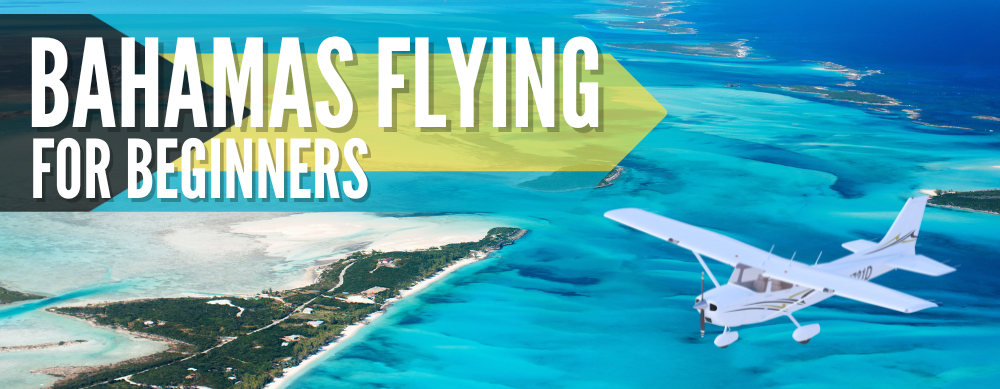
Bahamas Flying for Beginners
As a Bahamas Flying Ambassador, I often hear from pilots that are interested in flying to The Islands Of The Bahamas, but are concerned about taking their first trip.
The most common concerns are related to crossing into foreign airspace, dealing with customs and overwater flight. This article explains policies and procedures in order to insure your flying adventure will be a success.
Several Weeks Prior to Departure
Several weeks before departing for the Bahamas you should register for access to the Electronic Advance Passenger Information System (eAPIS) and also pay for an aircraft specific user fee decal at the Decal and Transponder Online Procurement System (DTOPS).
You must have a Coast Guard approved life vest on board for each passenger. I recommend carrying a life raft and PLB as well. Many US Based FBOs rent these items. If you expect to fly to the islands regularly, it’s cost effective to buy. If not, you can conveniently rent these items from many east coast FBOs.
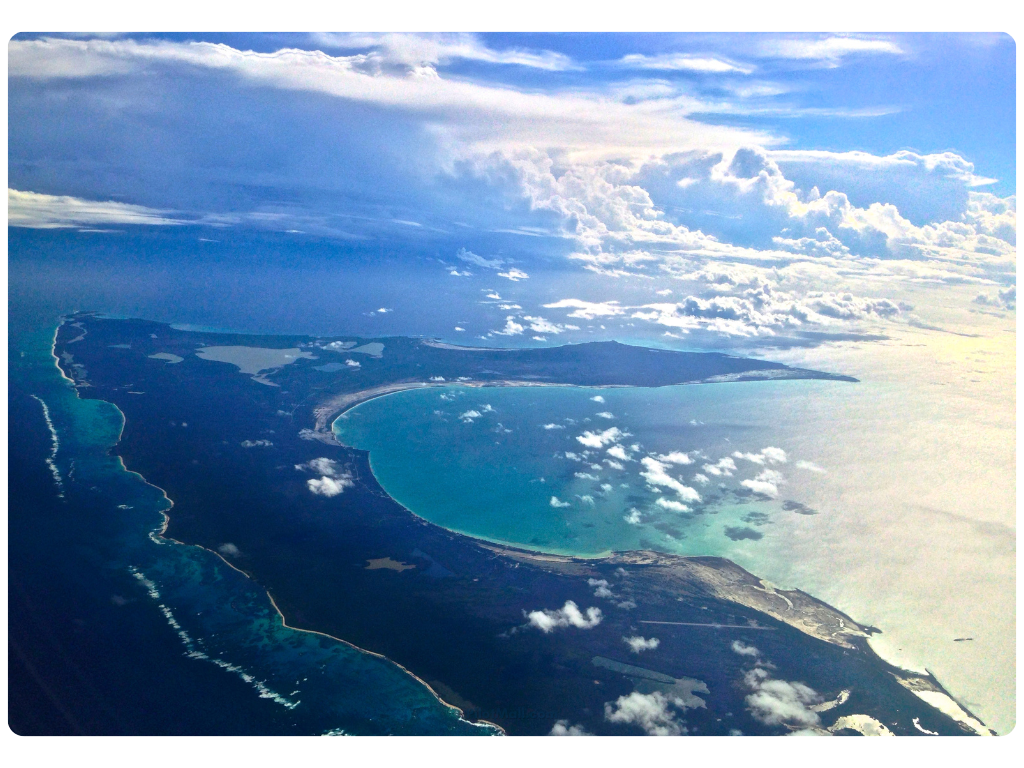 Departing the US
Departing the US
When you are ready to depart the US, you must file a flight plan (DVFR or IFR) and also login to eAPIS to file a Notice of Departure and traveler manifest (It’s recommended that you file a Notice of Arrival and traveler manifest at the same time because internet connections are not always reliable in the Bahamas). You must first land at an airport of entry (AOE) to clear customs and immigration.
Twenty Airports of Entry in the Bahamas
- Abaco: Marsh Harbor (MYAM), Sandy Point (MYAS), Spanish Cay (MYAX) & Treasure Cay (MYAT)
- Andros: Andros Town (MYAF), Congo Town (MYAK), San Andros (MYAN)
- Berry Islands: Chub Cay (MYBC) & Great Harbour Cay (MYBG)
- Bimini: South Bimini (MYBS)
- Cat Island: New Bight (MYCB)
- Eleuthera: Governor’s Harbour (MYEM), North Eleuthera (MYEH), Rock Sound (MYER)
- Exuma: Exuma Int’l (MYEF)
- Grand Bahama: Freeport (MYGF)
- Inagua: Matthew Town (MYIG)
- Long Island: Stella Maris (MYLS)
- New Providence: Nassau (MYNN)
- San Salvador: Cockburn Town (MYSM)
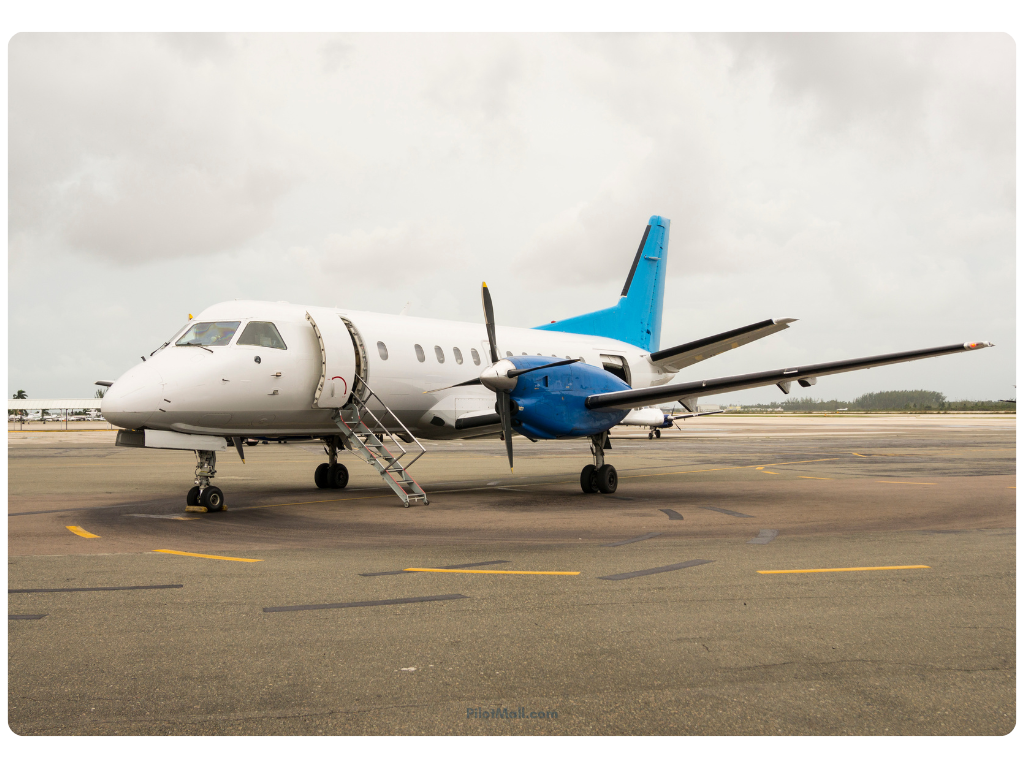 Entering the Bahamas
Entering the Bahamas
When entering The Islands Of The Bahamas, you will need to file a few basic forms. If you only plan to stay on one island during your trip, The Bahamas Customs Department Aircraft General Declaration (Inward) Form (C7) should be filed.
If you plan to fly to multiple islands during your stay, an Inward Declaration and Cruising Permit for Private Aircraft Entering the Bahamas (C7A) should be filed instead. Each passenger is required to fill out a Bahamas Immigration card and provide proof of citizenship (passport) upon entry.
Note: There is a $50.00 processing fee per non-commercial aircraft arrival into The Islands Of The Bahamas. There are no overtime fees for private, non-commercial aircraft.
Time in the Bahamas
The Islands Of The Bahamas is a magical place, abundant with beauty and unique attractions. With over 700 islands, this oasis features breathtaking islands, cays, and boasts the clearest water on the planet—with a visibility of over 200 feet.
Each island offers a unique landscape, culture, extraordinary natural wonders and striking man-made attractions. Whether desiring entertainment or quality rest and relaxation, the unique character, versatile attractions, and laid-back, tranquil atmosphere of the Bahamas will fulfill all of your needs.
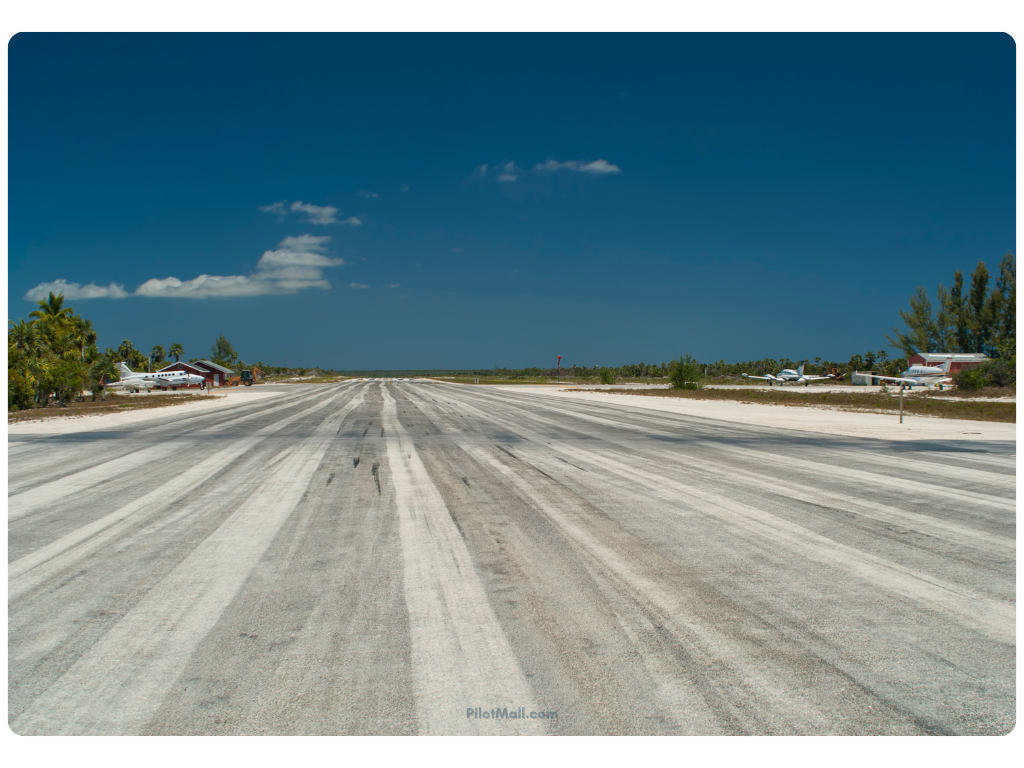 Departing the Bahamas
Departing the Bahamas
Departing The Islands Of The Bahamas is just as easy as entering. You will need to file one copy of the C7 Outward Declaration. Bahamas Immigration cards must be turned in and a government departure tax of $25.00 per person over the age of six will be collected.
Entering the US
Similar to arrival, you must depart the Bahamas from an Airports of Entry. Similarly, on the U.S. side, you must first land at a U.S. Port of Entry. Before departing for the US, file an international flight plan and Notice of Arrival on eApis if you haven’t already done so.
The eApis filing should be done at least one hour prior to departure. As mentioned previously, I highly recommend doing this before departing the US if possible.
You’ll need to call the U.S. Customs facility that you plan to land at to notify them of your ETA. You can do this from the airport via a “Blue Phone” at no charge. At that time write down the initials of the customs officer for your records.
U.S. Designated Airports of Entry
- Ft. Lauderdale Executive (FXE) ADCUS Telephone: Sun-Sat 0900-1700 (954) 356-7412
- Ft. Lauderdale/Hollywood Intl (FLL) ADCUS Telephone: Sun-Sat 0800-2200 (954) 356-7411, After hours (305) 526-2878
- Key West International (EYW) ADCUS Telephone: Sun-Sat 24 hours (305) 296-5411
- Miami International (MIA) ADCUS Telephone: Sun-Sat 0800-2400 (305) 526-7155, After hours (305) 526-2878
- Opa Locka (OPF) ADCUS Telephone: Sun-Sat 0900-1700 (305) 526-2534
- St. Lucie Country Intl (FPR) ADCUS Telephone: Sun-Sat 0800-2000 (561) 461-1733
- Kendall-Tamiami Executive (TMB) ADCUS Telephone: Sun-Sat 0900-1700 (305) 526-2608
- Palm Beach International (PBI) ADCUS Telephone: Mon-Sat 0800-2000 (561) 233-1080, Sun 0800-2400 (561) 233-1080, After hours (305) 526-2878

-
What are the closest islands to Florida?
The Bahamas, particularly Bimini, are the closest islands to Florida, located only about 50 miles east of Miami. The Florida Keys, a set of isles extending from the lower part of Florida, are also quite close to the mainland. Key West, the southernmost town in the continental U.S., is one of the Florida Keys and is around 90 miles from Cuba.
-
Is flight following required?
In order to leave or enter the US, you must file and activate a flight plan. You can call the Miami FSS by dialing (800) 432-4716 or (305) 233-2600.
-
Is fuel available, and how expensive is it?
In general AV100LL gas is around $6-7. You can look up fuel prices for the airport you intend to depart from and arrive at by using sites such as AirNav.
-
What equipment is required to fly to the islands?
A two-way radio and transponder along with VFR or IFR equipment minimums.
-
What are the necessary fees?
The Customs Processing Fee is $50 along with a landing fee of around $4-$75.00 per aircraft depending on the weight. This fee is charged for entering the Bahamas. All pilots must fill out a C7A form. Departure fees are around $29. Anticipate parking fees of around $3-$20 per day depending on the weight of the aircraft.
Recommended Reading Material:
- Bahamas Flying Essentials
https://www.pilotmall.com/collections/survival-preparedness
- The Islands Of The Bahamas Private Flying
https://www.bahamas.com/things-do/private-flying
- Department of Homeland Security
Advance Information on Private Aircraft Arriving and Departing the United States
https://www.cbp.gov/travel/travel-industry-personnel/apis/private-aircraft
- AOPA Bahamas Out Islands
https://www.aopa.org/travel/international-travel/bahamas
Did you find this article helpful?
Do you think we missed anything important? Let us know in the comments below!























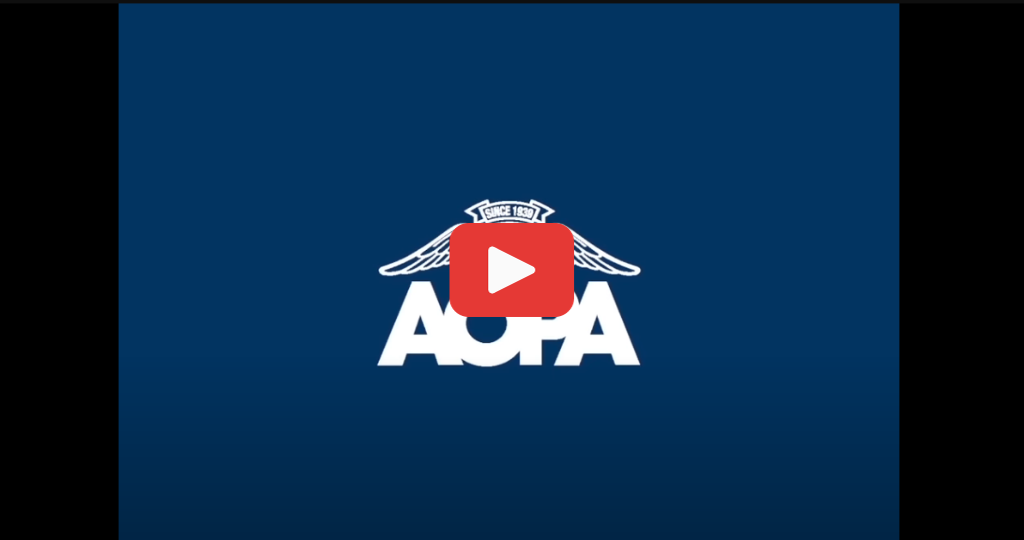

1 comment
According to FSS (briefers at 1800wxbrief), an IFR or VFR flight plan are the correct types of plans to utilize to/from the Bahamas. DVFR flight plan is incorrect and has been promoted incorrectly. Its true use is for aircraft operating within the ADIZ. Not transitioning the ADIZ. Many websites, including AOPA’s, are incorrect – according to the briefers at 1800wxbrief.
Also, if you file VFR at 1800wxbrief.com, that website will provide you with a beacon code (squawk code) at the time of filing (when filing on the same day). Which is pretty cool).